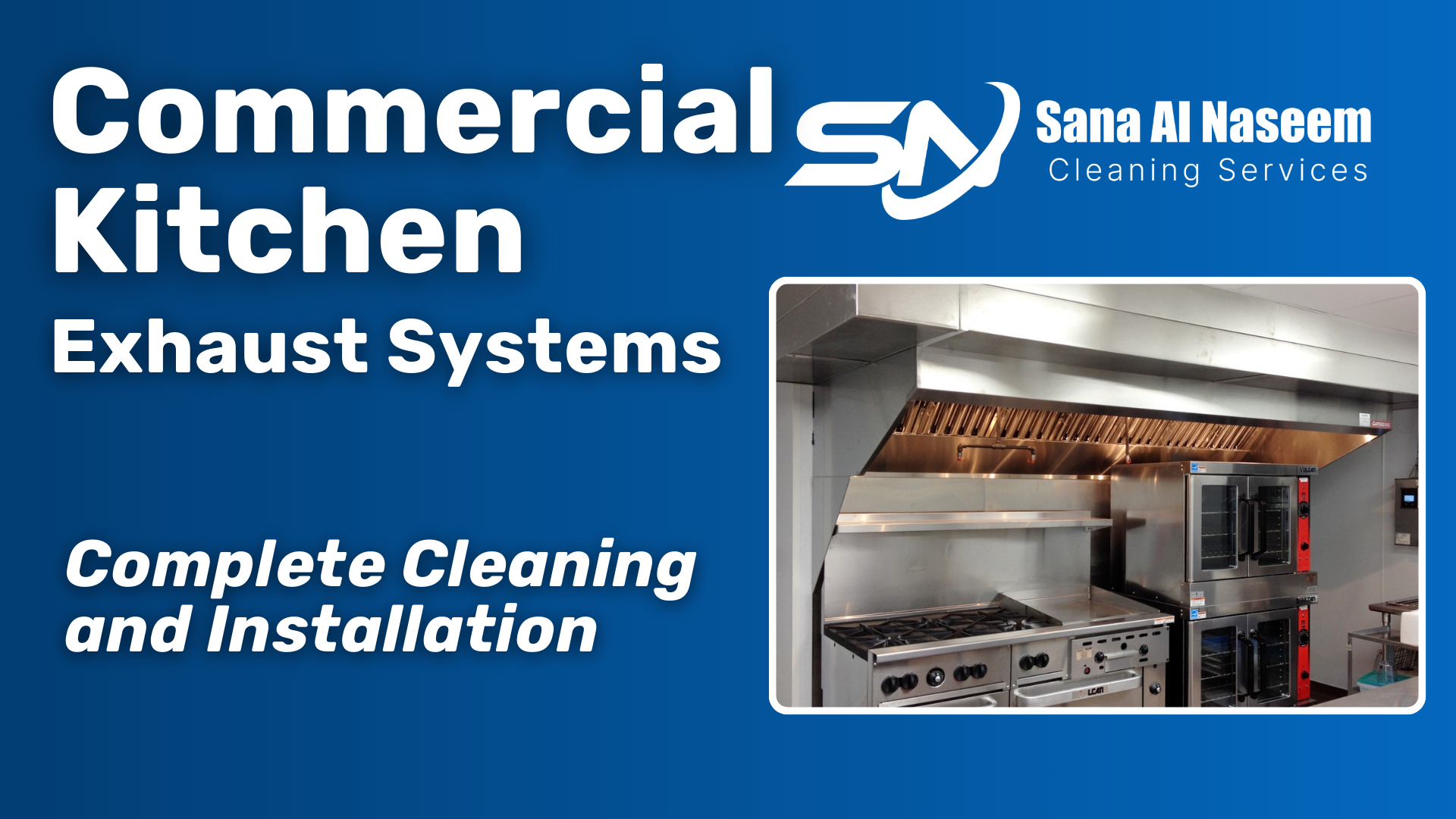Commercial kitchen exhaust systems and Kitchen Duct Cleaning Services play a vital role in maintaining a safe and healthy environment in any commercial kitchen. These systems effectively remove smoke, grease, and other pollutants, improving air quality and safeguarding workers from potential health hazards. Additionally, they contribute to fire prevention by eliminating flammable materials from the air.
Benefits of Commercial Kitchen Exhaust Systems
Commercial kitchen exhaust systems offer numerous advantages, including:
- Improved Air Quality: Enhances air quality by removing harmful fumes, smoke, and grease.
- Reduced Fire Risk: Mitigates the risk of fire by eliminating flammable materials from the air.
- Prevention of Food Contamination: Removes airborne bacteria and contaminants, preventing food contamination.
- Increased Employee Productivity: Reduces cleanup time after cooking, boosting overall employee productivity.
For those operating commercial kitchens, ensuring the proper installation and maintenance of exhaust systems is crucial to protect employees, customers, and the business itself.
Types of Commercial Kitchen Exhaust Systems
A variety of commercial kitchen exhaust systems are available, each with unique features and benefits. The choice depends on factors such as kitchen size, cooking equipment type, and local fire code regulations. Common types include:
- Canopy Hoods
- Wall-Mounted Hoods
- Island Hoods
- Downdraft Hoods
- Under-Cabinet Hoods
Carefully consider your specific needs before making a decision. For more detailed information on types, visit our Types of Commercial Kitchen Exhaust Systems page.
How to Choose a Commercial Kitchen Exhaust System
Choosing the right commercial kitchen exhaust system is a crucial decision that impacts safety, cleanliness, and the bottom line. Factors to consider include kitchen size, cooking type, local fire code requirements, and budget. To make an informed choice:
- Obtain multiple quotes from different suppliers.
- Read online reviews of different systems.
- Ensure the system is UL-listed or CSA-approved.
- Choose a system that is easy to maintain.
Following these tips will help you select a system that meets your needs and keeps your business running smoothly.
Installation of a Commercial Kitchen Exhaust System
Installing a commercial kitchen exhaust system is a complex task best handled by a qualified professional. However, some steps can simplify the process:
- Choose the right location for the exhaust system, ideally over cooking equipment.
- Install appropriately sized ductwork with minimal noise production.
- Connect the exhaust system to an outdoor vent located at least 10 feet above the ground.
If unsure, it’s advisable to hire a professional for correct installation and functionality.
Common Problems with Commercial Kitchen Exhaust Systems
Commercial kitchen exhaust systems may face various issues, including:
- Clogged exhaust hoods reducing airflow and efficiency.
- Overheating motors leading to failure.
- Stuck or damaged dampers hindering proper operation.
- Clogged filters decreasing airflow and efficiency.
- Noisy operation causing disturbances.
These problems can be avoided through proper installation, maintenance, and operation of the exhaust system.
Solutions to Common Problems with Commercial Kitchen Exhaust Systems
Common problems can range from minor annoyances to serious safety hazards. To prevent these issues:
- Size the exhaust hood properly for your kitchen.
- Install the exhaust hood according to the manufacturer’s instructions.
- Regularly maintain the exhaust hood.
- Use a grease trap to catch grease and oil from the exhaust air.
- Choose an energy-efficient exhaust hood.
Following these tips ensures a safe and efficient commercial kitchen.
Cost of Commercial Kitchen Exhaust Systems
The cost of a commercial kitchen exhaust system varies based on size, type, and features. Factors influencing cost include:
- Size of the kitchen.
- Type of exhaust system (ducted or non-ducted).
- Features such as grease filters.
Budgeting for the cost of a commercial kitchen exhaust system is crucial when planning a new kitchen or remodeling an existing one. Research and compare prices to find a system that meets your needs and fits your budget.

